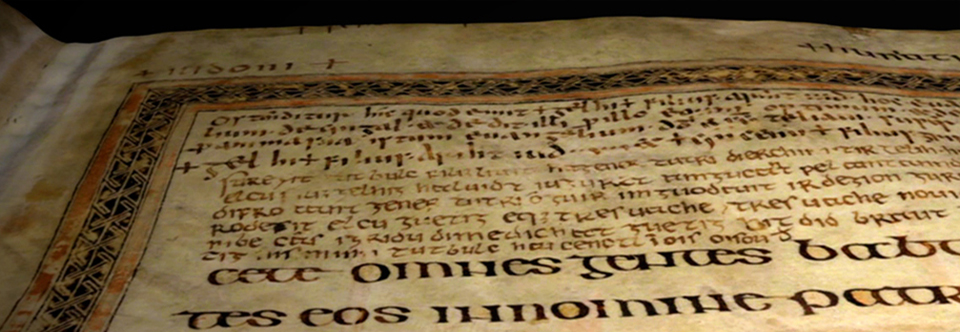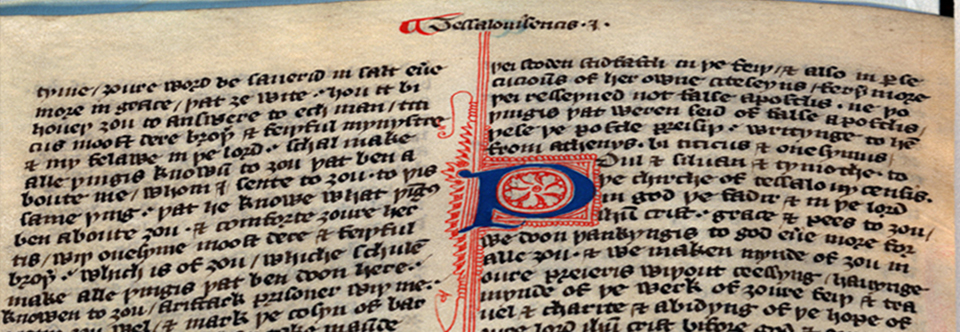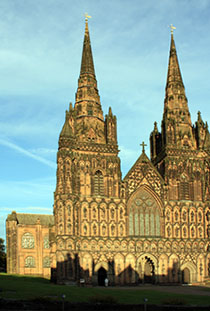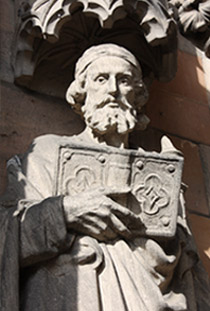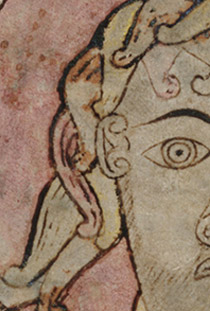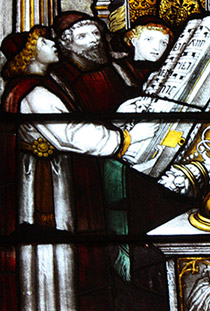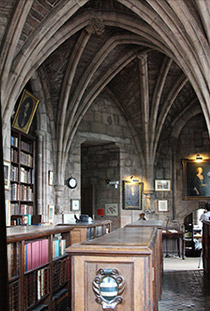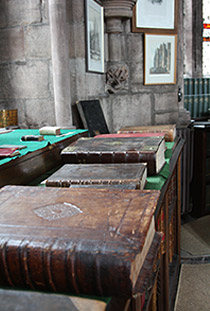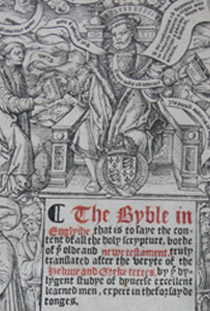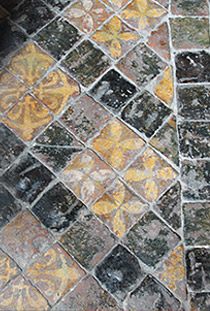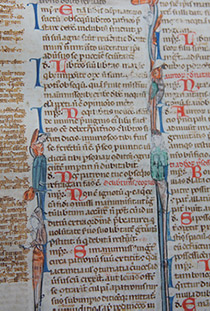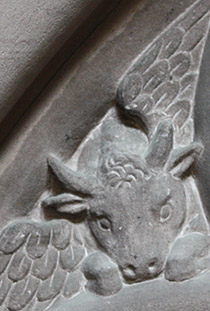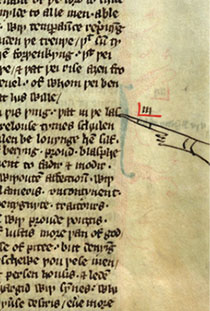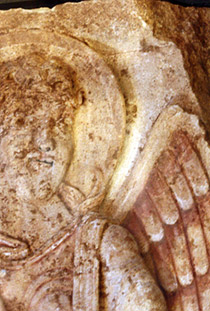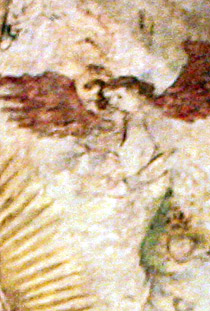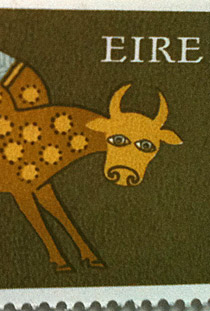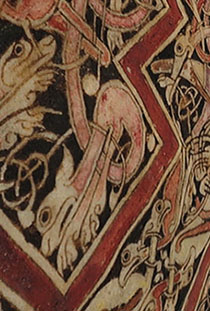Made around 730, the St Chad Gospels is an exquisite blend of cultural influences in the British Isles and beyond. It shows strong correspondences with the Lindisfarne Gospels, which predates it slightly, and the Book of Kells, which it predates by about 70 years. The St Chad Gospels contains the earliest surviving examples of Old Welsh writing.
Available August 31, 2019:
Digitizing Medieval Manuscripts: The St Chad Gospels, Materiality, Recoveries, and Representation in 2D & 3D, Bill Endres, Amsterdam University Press. (The book is now available in paperback.)
"Collecting Light: Q&A with Bill Endres", Arc Humanities Press: In these questions and brief responses, I discuss and extend key concepts in my book Digitizing Medieval Manuscripts.
Scholarship Accessible Online:
"The St Chad Gospels: Ligatures and the Division of Hands." Bill Endres. Manuscripta: A Journal for Manuscript Research, 59.2 (2015): 159-186.
"Imaging Sacred Artifacts: Ethics and the Digitizing of Lichfield Cathedral's St Chad Gospels." Bill Endres. Journal of Religion, Media & Digital Culture 3:3 (December, 2014) 39-73.
"More than Meets the Eye: Going 3D with an Early Medieval Manuscript." Bill Endres. Proceedings of the Digital Humanities Congress 2012, edited by Clare Mills, Michael Pidd, and Esther Ward. Studies in the Digital Humanities. Sheffield: HRI Online Publications, 2014.
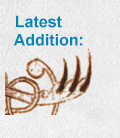 |
One File, All Pages of the St Chad Gospels. Two zipped files now available, one for full-sized and one for medium-sized RGB images. 3D Downloads are available for a few pages. I am adding more as time permits for their preparation. |
 |
Creative Commons Download (RGB & Multispectral): For personal use, the Chapter of Lichfield Cathedral generously granted Creative Commons licensing for images of the St Chad Gospels and the Cathedral's Wycliffe New Testament. They can be downloaded while viewing any individual page (from the Image Gallery) or through CC Downloads page, on the menu for each manuscript: St Chad Gospels or Wycliffe New Testament. Embedded in each image is descriptive metadata, including chapter & verse. For licensing fees related to academic/research publications and commercial uses, please contact Clare Townsend, Libraries’ Manager, at: clare.townsend@lichfield-cathedral.org While Lichfield Cathedral provides these images free of charge for personal use, if you are inclined, I invite you to donate. |
Features of the Website
 |
Recovered Text: For nine of the most water-damaged pages (90, 91, 112, 113, 141, 157, 192, 193, & 204), the Gallery of the St Chad Gospels now includes images that recover lost text. Each image represents a different recovery method: division of light frequencies, combining alternative images for the channels of an RGB image, and decorrelation stretch (using ImageJ and the plugin DStretch). Recovery images are the last 3 listed in an image’s drop-down list. With the overlay viewer, you can easily compare regular RGB or other multispectral images to a recovery image. For example, explore the recovered tor that begins page 90. |
 |
Interactive 3D Gallery: The 3D Gallery offers sixteen of the most significant pages of the St Chad Gospels in interactive 3D. It is set up to function as a workspace and includes tools for measuring any feature of a page; creating annotations (I have a sample annotation for page 5, the Chi-Rho); and generating a snapshot URL for the position a 3D image has been manipulated into (for ease of return, sending to a colleague, or use as a citation). Many thanks to Noah Adler and Justin Hall for their work on this viewer. (GitHub: WebGL 3D Viewer) |
| Key commands include rotating a 3D image around any point (alt + left click and moving the mouse); repositioning an image (hold down the mousewheel and moving the mouse); and increasing and decreasing an image's size (turning the mousewheel). A full-screen view is available anytime by pressing the F key. Complete instructions are available at the top of the viewer for a 3D image. | |
| The 3D Gallery has full functionality with Safari and Google Chrome. However, it shifts with other browsers, depending upon their continual changing in how they enact WebGL (Also, don't miss a video on 3D and its potential for studying manuscripts.) |
 |
Reflectance Transformation Imaging (RTI) Gallery: During the summer of 2014, I used Reflectance Transformation Imaging (RTI) to capture dry-point writing and the state of pigments for pages of the St Chad Gospels. Dry-point is notoriously difficult to capture, etched with a stylus but no ink. Dry-point includes the names of three Anglo-Saxon women on page 226, which non-coincidentally contains the Magnificat, Mary's song praising God. |
| RTI requires a series of photos taken with varying directional lighting. Its software generates a composite file that when viewed allows for control over lighting and mathematical enhancements to provide a hyper-view of surface detail. This site's viewer offers specular enhancement, which increases the level of reflected light—best for viewing dry-point writing and state of pigments. I have also included a link to a short video discussing RTI and dry-point, including new discoveries: The St Chad Gospels: Reflectance Transformation Imaging and Newly Discovered Dry-Point Glosses. (GitHub: specular enhancement for ISTI-CNR's RTI Viewer) |
 |
Historical Image Overlays: The Historical Image Overlays provide photographs taken over the last 130 years of the St Chad Gospels, beginning with images from 1887 and including images from 1911, 1929, 1956, 1962, 1982, 2003, and 2010. Choose any two images for comparison from the two drop-down boxes. By adjusting the top image's transparency with the slidebar, you can observe how a page is aging. When images from 1956 are compared to those from 1962, you can observe rare information about the effects of page flattening and rebinding on the pigments of an early medieval manuscript. To better identify smaller changes, each page includes greyscale images generated through subtraction, such as the 1956 slide subtracted from the 1962 photograph (I discuss their value in Digitizing Medieval Manuscripts). I have included a brief discussion of some preliminary findings from overlaying these images. (GitHub: OverLay Viewer) |
 |
Latin Text of St Chad Gospels and English Version : The English version is the Douay-Rheims translation of the Vulgate (sixteenth-century), generously provided by Vulgate.Org. Transcription of St Chad Gospels by Bill Endres and Whitney Whitaker. |
 |
Collation Diagrams for the St Chad Gospels: These diagrams are based on Roger Powell's work from 1961-'62 when he flattened the pages and rebound the St Chad Gospels. Visualizations created on Oct 23, 2016, using VisColl, Schoenberg Institute for Manuscript Studies Collation Modeler. |
 |
Overlay Viewer: Emulated by other projects, this innovative viewer loads a set of images for their comparison. Through a drop-down list, the viewer provides a choice of any two images, the transparency of the top one adjustable through a slidebar. It also provides typical features, such as zoom and full-screen mode. It is the regular viewer for the website, whether you are in the image gallery for RGB and multi-spectral (ultraviolet to infrared) images of the St Chad Gospels or Wycliffe New Testament, Historical Image Overlays, or Multispectral Visualizations. (GitHub: Overlay Viewer) |
 |
Multispectral Visualizations of Page 141: Page 141 has intrigued scholars for years. It contains an area of possibly erased text. A possible erasure is highly significant because page 141 also contains the oldest surviving Old Welsh writing. If this is an erasure, any recovered text might provide significant information about the early years of the St Chad Gospels in Wales. These thirty-two multispectral visualizations offer enhanced viewing of the possibly erased area. To generate the images, a colormap is applied to enhance ocular contrast, providing a rather dramatic flare. I have also supplied a brief discussion of page 141 and the layout of its Old Welsh memorandums. |
 |
Searchable Transcript: Presently, a searchable transcript of Matthew's Gospel is available, with the remaining gospels to follow. The text appears beside a selected page from the Image Gallery. To search the text, use the search box in the top right portion of the screen. Numbers separated by a colon represent a chapter and verse; single numbers represent a verse; and numbers separated by a period and beginning with an "E" represent Eusebian (Ammonian) section numbers. |
If you have questions about either of these manuscripts or comments about the website, please do not hesitate to contact me. I hope you enjoy the wonder of these exquisite treasures of Lichfield Cathedral.
-Bill Endres
Through an agreement with the Chapter of Lichfield Cathedral, I am delighted to offer digital versions of two of the Cathedral's most cherished manuscripts, the St Chad Gospels (also known as the Llandeilo Fawr Gospels, St Teilo Gospels, Gospels of St Chad, and Lichfield Gospels) and the Cathedral's Wycliffe New Testament (see Acknowledgements for complete information). These manuscripts provide irreplaceable insights into the early and later medieval period, from religious expression to liturgical practices to the art of bookmaking. In the future, I hope to continue my collaboration with the Cathedral and add further manuscripts, like the Cathedral's Gregory IX's Decretals and Justinian Codex Juris Canonici.
In the past, access has been limited to these precious manuscripts. In the case of the St Chad Gospels, a facsimile version has never been published—however, the National Library of Wales, Aberystwyth, produced three photostat copies and presented one to Lichfield Cathedral in 1929. The lack of a facsimile version has restricted scholarship on this great gospelbook and limited scholarly understanding of its artistic expression, functions, and contributions to the larger Insular tradition (manuscripts made in the British Isles from roughly 600-850 C.E.). This digital version helps to rectify this situation, supplying access to the complete St Chad Gospels through color and multispectral images. Color is essential for apprehending meaning as expressed through the use of contrasting and corresponding pigments and appreciating the beauty of this exquisite gospelbook. Multispectral images, from near ultraviolet to infrared, supply access to information not visible to the naked eye (see Imaging section).
However, it is important to note that 2D photography has its limits. For instance, it is clumsy at capturing surface details. Notoriously difficult to capture features, such as dry-point glosses, go under-represented, encouraging important features to be missed, or worse yet, leading to false interpretations. Therefore, I have employed various advanced imaging technologies to try to capture and render as much of the materiality of the St Chad Gospels as possible, knowing that I will fall short of the material richness of this glorious gospel-book (see Project for further information).
The Wycliffe New Testament lacks scholarship but for different reasons. The manuscript did not find a home at Lichfield Cathedral until the 1940s, and it escaped the notice of Conrad Lindberg in the 1970s when he updated Forshall and Madden’s list of Wycliffe Bibles and New Testaments. Lichfield's Wycliffe New Testament is in remarkable condition. It does not suffer from the water damage and wear of the Chad Gospels—although to be fair, it is 700 years younger.
Lichfield Cathedral holds the copyright to my 2010 imaging of the manscripts but has generously agreed to release these images for non-commercial purposes through an attribution non-commercial share-alike Creative Commons licensing agreement (England/Wales 2.0). If you desire images for publication or other commercial uses, please contact Clare Townsend, the Manager of Lichfield Cathedral Libraries.
The copyright for historical images are held by various institutions, and I am grateful to them for their individual permission to share a limited number of these images in Historical Image Overlays.
Viewing the Images: Images of these two manuscripts are located in IMAGE GALLERIES, accessible through the drop-down menu that appear when you place your cursor over either ST CHAD GOSPELS (menu includes IMAGE GALLERY ) or WYCLIFFE NEW TESTAMENT (menu includes IMAGE GALLERY ) in the upper right of the banner. The image galleries have thumbnails and information about the chapters and verses for each page.
OverLay Viewer: As mentioned above, the viewer for this website organizes all of the images taken for a page (RGB and multispectral) and allows easy access to and comparison of them. Once you click a thumbnail, the viewer opens and automatically loads the full-color image (RGB) as the base layer (top drop-down box). The lower drop-down box allows you to overlay whichever spectral band you choose. The slidebar to the right adjusts the transparency of the overlaid image.
Overlaid images offer multiple benefits for viewing. For example, overlaying a near infrared image and adjusting its transparency aids in sorting out bleed through of decoration and script from the other side of a page and overlaying an ultraviolet image can identify letters that suffer from water-damaged and wear. It likewise provides easy comparison of historical images to determine aging. Other sites have begun to imitate this viewer.
Each manuscript also has a list of its salient features, accessible through the drop-down menu that appears when you place your cursor over either ST CHAD GOSPELS (FEATURES ) or WYCLIFFE NEW TESTAMENT (FEATURES ) in the upper right of the banner.
For a full-screen view of an image, click the four arrows in the upper right of the viewer ![]() .
.
To search a transcription of the St Chad Gospels, type any Latin word in the search box at the top of the page and click search. I will add transcriptions of the other gospels as I complete them. Thumbnails of pages that contain the searched-for word (or words) will appear as part of a results page. Click a thumbnail and the viewer opens for that page.
I will continue to update this website as I develop new ways to visually present these manuscripts and facilitate scholarship. I am working to add further 3D images for the St Chad Gospels, gradually making the complete manuscript available in 3D. I am also encoding both text and visuals using TEI guidelines and will add them as I finish each gospel. Finally, I received a grant to build a traveling 2-person virtual reality workstation. I am exploring this space for studying manuscripts. I will continue to develop this website for scholarly research and anyone who wishes to explore these magnificent medieval manuscripts, treasures of Lichfield Cathedral and the world.
Since 2004, I have been researching manuscripts held by Lichfield Cathedral, including imaging in 2010, 2014, and 2015. This site went online August 2012.


